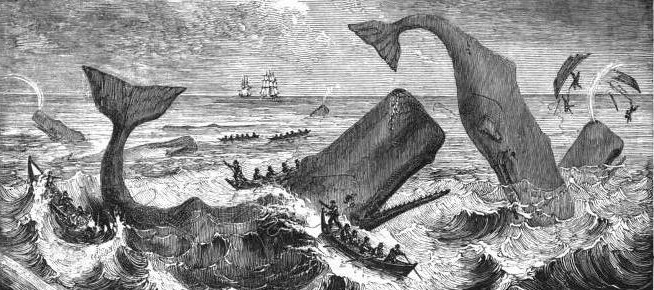Czar Peter, also known as Peter the Great, was born in the summer of 1672: his father’s fourteenth child and a product of his second marriage. Peter inherited his status and power from his family, which was the ruling family of Russia.

Peter I, Emperor and Autocrat of All the Russias (portrait by Paul Delaroche, 1838). (Photo credit: Wikipedia)
For a time Peter shared power with his half-brother and competed with his sister and mother for control over Russia’s future, but Peter had come into his own as a ruler by the end of the 17th century. During his reign he would radically expand the territories and influence of the Russian Tsardom, mostly by means of what are considered by today’s standards as sweeping reforms based on Eurocentric ideas. He reorganized his military forces in accordance with Western standards, secularized schools, administered greater control over the reactionary Orthodox Church, and introduced new administrative and territorial divisions of the country. One of the chief means by which Peter accomplished the first of these reforms was to model his navy on the practices of the Dutch East India Company and the British Royal Navy; to do so, as Melville remarks in Moby-Dick, Peter worked incognito in foreign harbors, gathering information on these institutions so “he might happily gain the power of enlightening his untutored countrymen.”
It is somewhat strange that in the context of Chapter 12 of Moby-Dick Ishmael is comparing this famous Russian leader to humble Queequeg. The comparison makes sense considering the ethnographic impulse that lured Queequeg from a princedom on his native isle of Kokovoko to glean the habits and customs of Christendom, to acquire “the arts whereby to make his people still happier than they were.” Also, Peter the Great was reputedly very tall, about 6’8” (perhaps closer to Daggoo’s height than Queequeg’s). But the truth of the comparison ends there. Peter was reputedly a very brutal and ruthless man. He was known to drink excessively. He swiftly and violently suppressed any opposition to his policies on the part of his countrymen, especially after proclaiming Russia an Empire in 1721 (and, of course, naming himself Emperor). He even convicted his eldest son of high treason and had him secretly executed. This seems rather far from the charitable attitude that Queequeg so often exhibits toward his fellow man—“It’s a mutual, joint-stock world, in all meridians. We cannibals must help these Christians.” This is how Ishmael imagines Queequeg’s internal monologue after he serenely takes water after saving the life of a man who insulted him. The comparison between Czar Peter and Queequeg seems more interesting if we imagine what history would be if the former had been more like the later, not the other way around.
